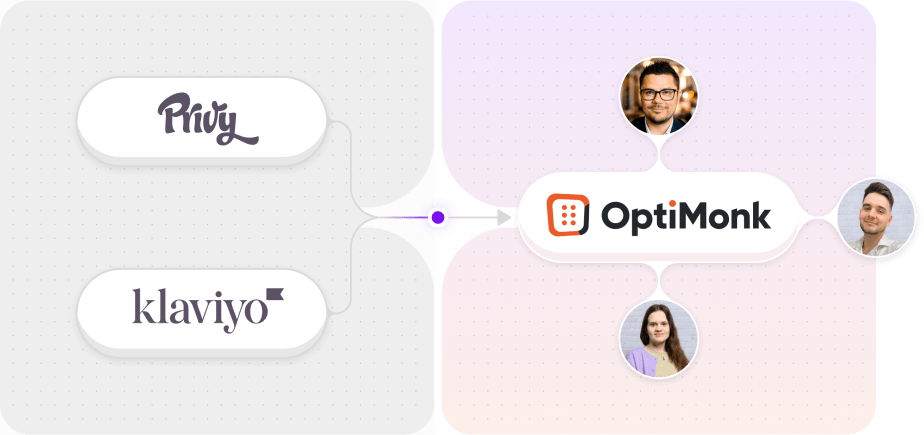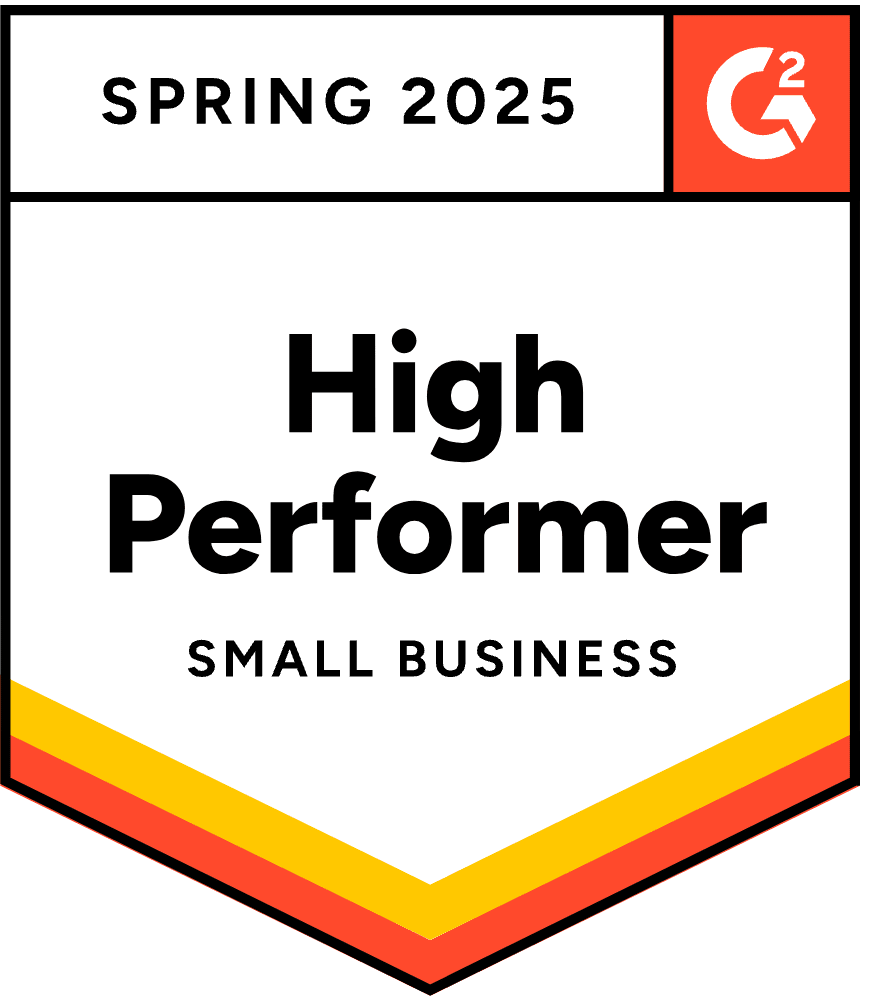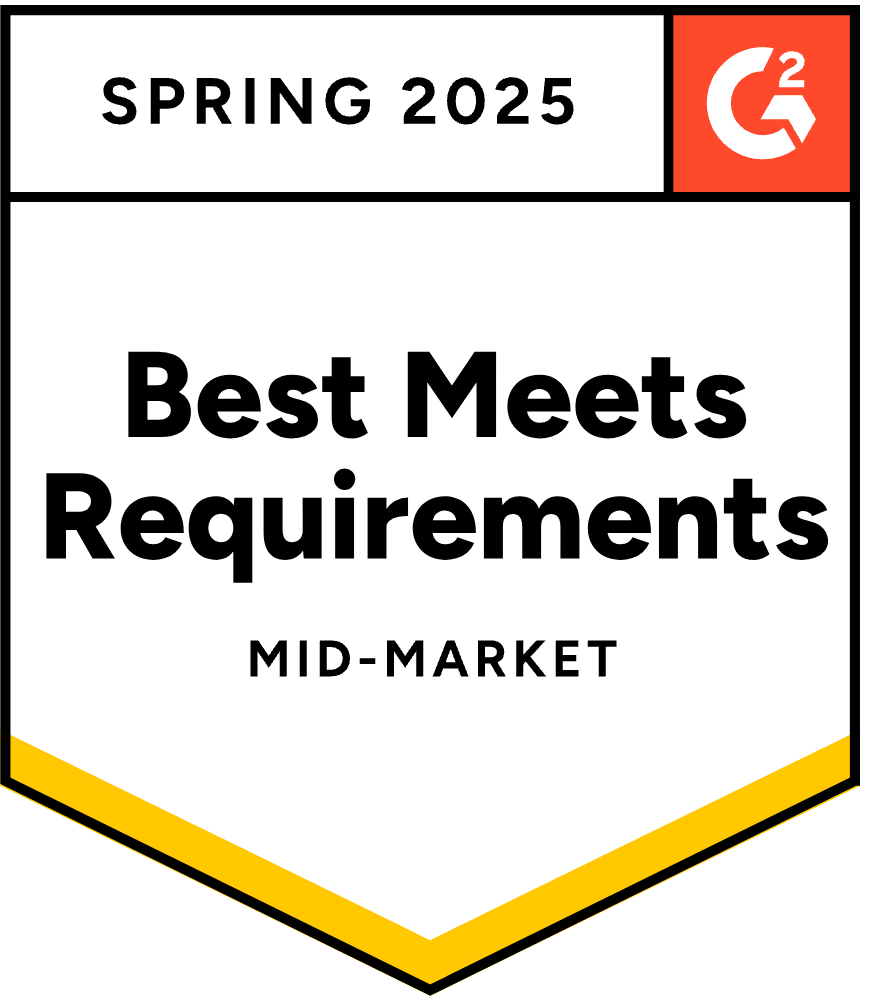- Blog
- Ultimate Guide to Average Order Value: AOV Calculation & 8 Tips to Increase It
Ultimate Guide to Average Order Value: AOV Calculation & 8 Tips to Increase It
Table of Contents
In 2025, the global average order value (AOV) hovers around $178, according to various reports.
No surprise then, ecommerce brands are constantly looking for ways to push that number higher. After all, increasing AOV means more revenue without needing more customers. Who wouldn’t want that?
But before you can grow your AOV, you need to understand how it’s actually calculated. That’s where we’ll start.
In this guide, we’ll break down:
- How to calculate AOV
- Why it matters for your ecommerce growth
- Proven strategies to boost your average order value
Let’s jump in.
What is average order value?
Average order value (AOV) is the average amount that customers spend when they place an order in your online store over a period of time.
Some ecommerce businesses have a high average order value with relatively few orders of a higher value. Others will have a lower AOV, which means their total revenue comes from many different orders.
Average order value helps online businesses and retailers understand their customers better.
AOV calculation formula: How to calculate average order value?
Let’s start with the basics: how do you actually calculate your AOV?
Here’s the simple average order value formula you can plug into right away:
Average Order Value = Total Sales Revenue / Number of Orders

That’s it. No complicated math.
For example, if your store brought in $3,000 from 100 orders in a month, your AOV would be:
$3,000 ÷ 100 = $30
Understanding this number helps you track how much your customers are spending per purchase, so you can find smart ways to increase it.
What does average order value (AOV) tell you about your business?
Now that you know how to calculate AOV, let’s talk about why it matters—because it reveals much more than just what customers spend.
It offers insights into your marketing ROI, pricing strategy, and customer behavior.
Here’s how.
1. AOV and marketing ROI
Your average order value plays a huge role in how much you’re getting back from your marketing efforts.
Here’s why: If you’re spending $20 to acquire a customer, but your AOV is only $25, your profit margin shrinks fast. But if your AOV is $75? Now you’re making that ad spend work for you by generating higher total revenue.
The bottom line is that a good average order value means you can afford to spend more on ads and lower your customer acquisition cost—and still stay profitable.
2. AOV and pricing strategy
AOV can also shine a light on how effective your pricing structure is.
If your AOV is consistently low, it could mean your pricing doesn’t encourage bundling or upgrades. On the flip side, if it’s high, you might be nailing upsells, cross-sells, or product bundles.
Use AOV as a signal. It helps you fine-tune pricing, introduce tiered offers, or test free shipping thresholds to increase spend per order.
3. AOV and customer segmentation insights
Your AOV can vary drastically depending on the type of customer you’re attracting.
By segmenting customers, new vs. returning, high spenders vs. bargain hunters, you’ll start seeing which groups are driving the most revenue per order.
That insight is gold.
It lets you:
- personalize offers,
- tailor campaigns,
- and serve each segment more effectively to lift AOV across the board.
These strategies also help encourage repeat purchases, strengthening your customer base and boosting long-term revenue.
8+1 effective tips to increase your average order value
As we’ve seen, increasing AOV is one of the best ways to boost your profit margins.
Here are 8+1 tips you can use to increase your average order value!
Tip #1: Focus on personalization
Implementing a personalized shopping experience is the most important step you can take toward increasing your average order value and customer lifetime value.
When you display personalized recommendations and relevant content to each customer, they’re more likely to add more items to their carts.
Personalization can also lead to shorter customer journeys, higher satisfaction, and more loyal customers.
There are many ways to personalize your website, and several of the tips below actually involve personalization. If you’d like the full rundown, don’t miss this ultimate guide.
Tip #2: Offer threshold discounts
Threshold discounts are a great way of encouraging shoppers to spend more.
For example, you could give them a discount of $20 when they spend over $120, $40 when they spend over $200, and so on.
Once they reach the highest tier, you could even surprise them with a free gift.

Tip #3: Upselling
Many online retailers use an upselling strategy to encourage higher-value orders.
Upsells are recommendations for alternative products with higher price points, or upgrades on products that the customer is already interested in.
A great example of upselling would be offering someone a premium product that costs, say, $150 while they’re browsing an option that costs $100.

Tip #4: Cross-selling
Cross-selling is another sales technique that online retailers use to increase average order value.
In this case, you offer complementary products to encourage customers to buy additional items. For example, if someone is buying a toothbrush, you might also offer them toothpaste.
You can cross-sell by offering these complementary products as “items often purchased together,” or as part of different bundles or packages.

Tip #5: Customer loyalty programs
A loyalty program creates a bond between the seller and the buyer, making the customer feel rewarded for their business.
They can collect points while shopping to get special discounts, or you can offer them early access to your sales and product launches. If customers feel rewarded after their purchase, they’re likely to spend more.
For example, Starbucks offers a free drink as part of its loyalty program once a customer collects 15 or 20 points. If they receive a free drink, they’ll probably end up buying a more expensive drink later on.
Starbucks and H&M both have excellent loyalty programs.

Tip #6: Bundle products
If you want your customers to buy more items, you need to give them a compelling reason to do so.
Bundles—groups of items sold together for a single price—could be the perfect incentive.
Bundling items in a way that makes sense saves your customers time and effort (which is always appreciated).
If you have multiple groups within your target audience who would likely prefer different bundles, you can use personalization to tailor your offers.
Check out the BlendJet example below, where they offer a sleeve and a pack of smoothies next to the blender.

Tip #7: Offer free shipping
When customers are hit with unexpected charges (like high shipping costs), they often abandon their carts. A free shipping threshold is the ideal way to encourage customers to spend more than a certain amount.
You can offer free shipping when customers meet a minimum order value. Many customers will spend extra to get the feeling that they saved a bit of money on shipping.
Kate Spade offers free shipping on offers over $100.

Tip #8: Have a great return policy
When a company has a return policy that customers can trust, they’ll be willing to spend more because they don’t feel like they’re risking anything. It also shows that a company has confidence in its products.
American Eagle has an excellent return policy, accepting proof of purchase anytime.

Extra tip: Raise prices
This article would be incomplete if we didn’t go over the fact that increasing AOV can be accomplished by simply increasing your prices.
However, there’s always a risk involved in raising your prices, as you might make less total revenue because you may see fewer orders coming in. After all, higher prices can drive customers away.
FAQ
Why is average order value important?
Average order value (AOV) is a crucial metric for understanding customer spending habits and evaluating the effectiveness of marketing strategies and pricing tactics.
What are some common factors that influence AOV?
Several factors can influence AOV, including pricing strategies, product bundling, cross-selling and upselling techniques, discounts and promotions, and the overall shopping experience.
How can I increase AOV?
Increasing AOV involves implementing various strategies tailored to your business. Here are seven tips to help increase AOV:
- Bundle products: Offer bundled deals where customers can purchase complementary items together at a discounted price.
- Cross-sell and upsell: Recommend related or higher-priced products to customers during the checkout process.
- Set minimum order thresholds: Offer free shipping or discounts for orders that exceed a certain amount, encouraging customers to spend more.
- Implement quantity discounts: Offer discounts for bulk purchases to incentivize customers to buy more.
- Create limited-time offers: Create urgency by offering limited-time discounts or promotions for larger orders.
- Offer loyalty programs: Reward customers for spending more by offering loyalty points or discounts for reaching certain spending thresholds.
- Improve the shopping experience: Streamline the checkout process, offer personalized product recommendations, and provide excellent customer service to encourage higher spending.
What tools can help me track and analyze my average order value?
There are various analytics tools available for online stores, such as Google Analytics, Shopify Analytics, and WooCommerce Analytics, that can help you calculate AOV and analyze it.
These platforms offer insights into customer behavior, transaction data, and revenue metrics, allowing you to make informed decisions to optimize your AOV.
What is the average dollar amount?
The average dollar amount is another term for average order value (AOV). It represents the average amount of money spent by customers in a single transaction.
Key takeaways
Average order value is one of the most important metrics for ecommerce businesses. It tells you how much the typical order is worth and gives you crucial information about your customers.
If you’d like to use website personalization to boost your average order value and customer lifetime value, OptiMonk’s website personalization software is a powerful tool. Give it a try today!
Migration has never been easier
We made switching a no-brainer with our free, white-glove onboarding service so you can get started in the blink of an eye.

What should you do next?
Thanks for reading till the end. Here are 4 ways we can help you grow your business:
Boost conversions with proven use cases
Explore our Use Case Library, filled with actionable personalization examples and step-by-step guides to unlock your website's full potential. Check out Use Case Library
Create a free OptiMonk account
Create a free OptiMonk account and easily get started with popups and conversion rate optimization. Get OptiMonk free
Get advice from a CRO expert
Schedule a personalized discovery call with one of our experts to explore how OptiMonk can help you grow your business. Book a demo
Join our weekly newsletter
Real CRO insights & marketing tips. No fluff. Straight to your inbox. Subscribe now
Barbara Bartucz
- Posted in
- Ecommerce
Partner with us
- © OptiMonk. All rights reserved!
- Terms of Use
- Privacy Policy
- Cookie Policy













